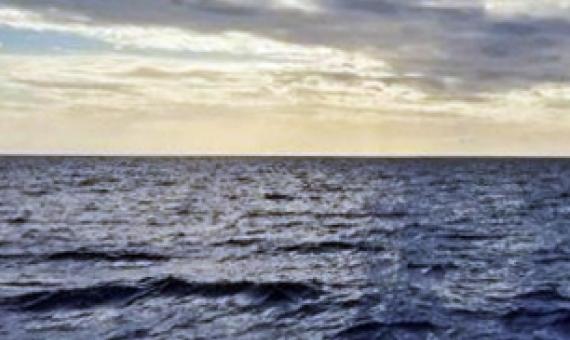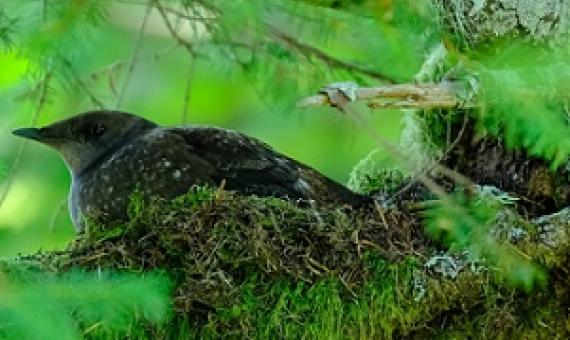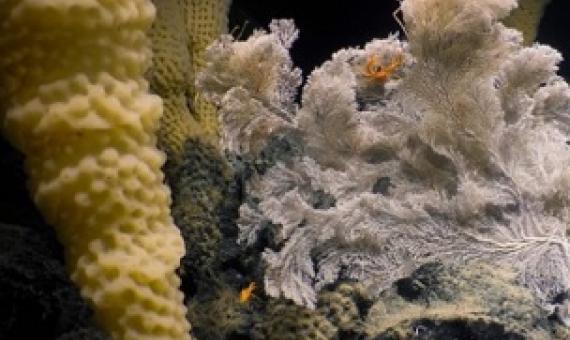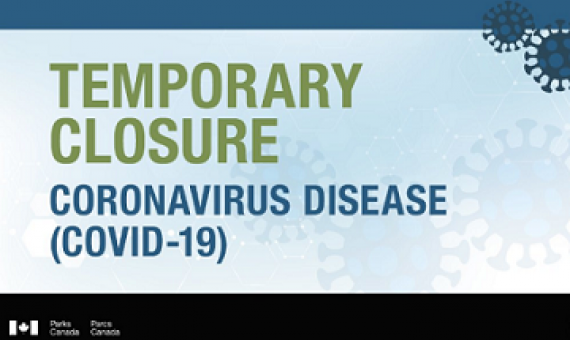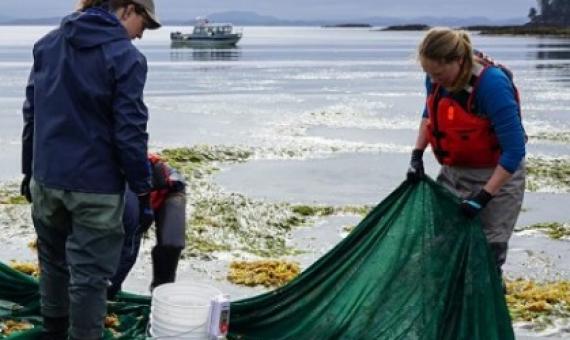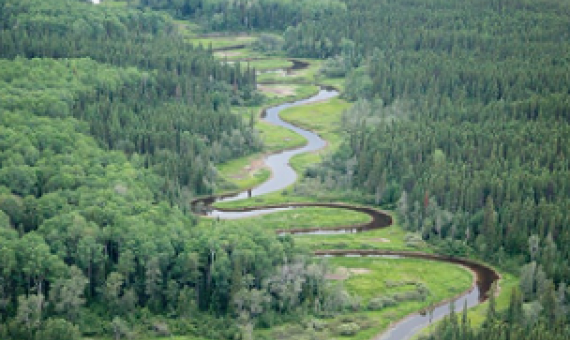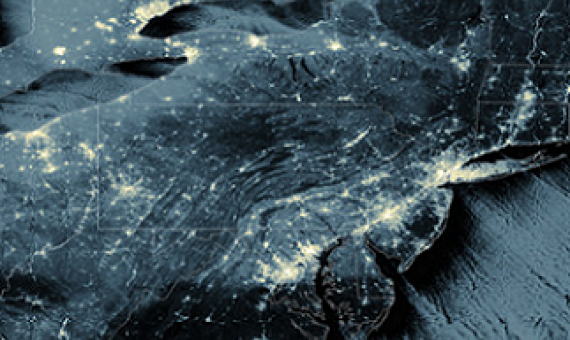First Nations in the Great Bear Rainforest and Haida Gwaii of Canada, have successfully invested in conservation initiatives that have benefited ecosystems while also increasing communities’ well-being over the past 15 years, a recent report shows.
How do we go from protecting eight percent of marine areas to 30 percent in less than 10 years?
Summary of the UN Biodiversity Conference: 7-19 December 2022
The first part of the UN Biodiversity Conference convened virtually from 11-15 October 2021, with a limited number of delegates physically present in Kunming, China.
There was no small sense of relief last month when the two-week United Nations Biodiversity Conference of the Parties to the UN Convention on Biological Diversity ended. It wasn’t just because it was around 3:30 a.m. in Montreal on Dec. 19 when the event (known more commonly as COP15) concluded.
Found along North America’s west coast, often dozens of kilometers inland, marbled murrelets’ nesting habitat is imperiled by commercial timber harvesters, who covet the valuable trees in these highly productive coastal rainforests...Now, scientists from Oregon State University (OSU) ar
The proposed Offshore Pacific Area of Interest (AOI) off the coast of British Columbia contains underwater mountains, some 10,000 feet high, overlooking a vast network of hydrothermal vents that spew hot sulfur and nutrients into the surrounding water.
Parks Canada is committed to protecting the health and safety of Canadians, visitors, and employees.
Sarah Dudas is in a race against time.
More than 600 indigenous communities live in Canada’s boreal forest, one of the last great swaths of intact wilderness on Earth.
Prime Minister Justin Trudeau has just turned the area into one of the world’s largest conservation areas, to counter the effects of rising temperatures on Arctic marine life and the indigenous people that call it home. Link to full article below.


